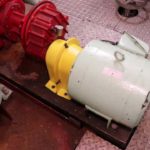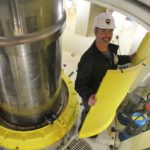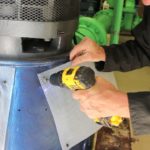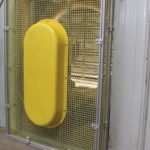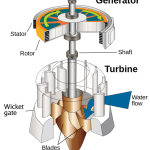Despite the inherent hazard of motor couplings, Machine Guard & Cover Co. finds many couplings improperly guarded or completely unguarded during site visits. Couplings are both exposed shafts and grab points that present hazards to anybody with loose clothing, hair or laces. In most cases where an attempt at guarding has been made, a piece …
